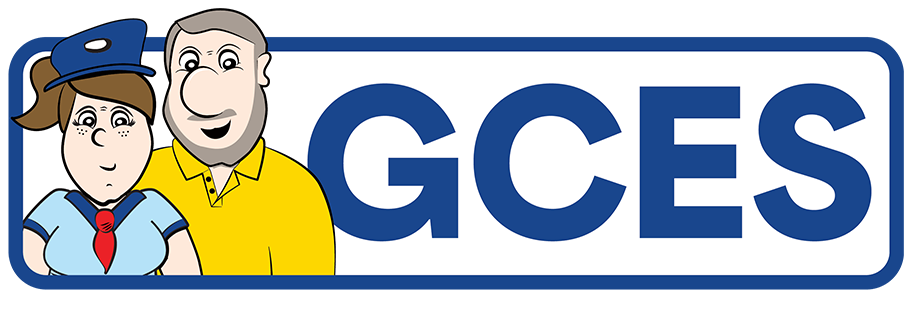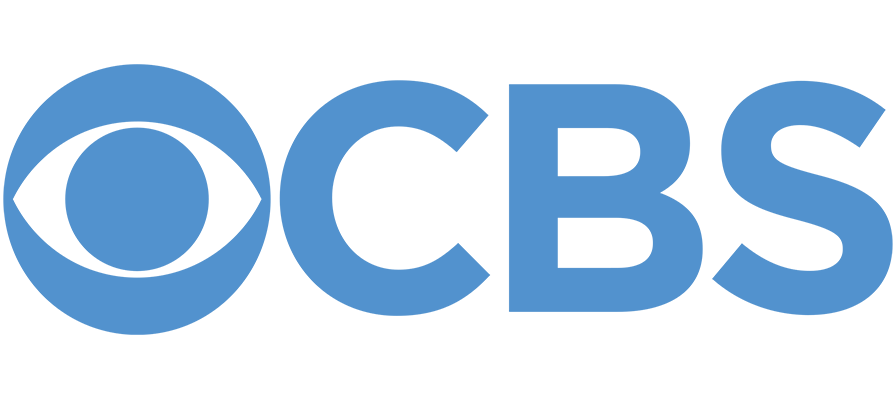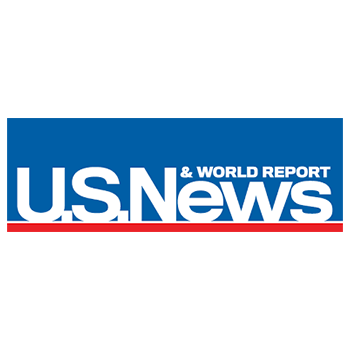Building wealth starts with something more basic than a properly managed investment portfolio. Rather than worrying about tax strategies and investment allocations, you should spend more time making sure your monthly expenditures are in line with your values and goals. To do that, try the following six steps:
Step One: Identify Goals and Commit to Change
This first step is to create a financial plan to optimize the use of your paychecks. “Most Americans struggle with money management, and a lot of this comes down to how they spend their paychecks,” says Joel Klein, a certified professional business coach and producer of BizTank.
You might need to commit to changing your spending patterns in order to reach long-term goals. But you don’t have to give up all of life’s little pleasures. Randall Sacilotto, vice president of community development for Navigant Credit Union, says it’s fine to have a daily coffee at a restaurant, but you need to understand the trade-off that you could be losing the opportunity to retire early, travel or pursue other hobbies.
“It comes down to, ‘What do you want in life?’” he says.
Step Two: Evaluate Current Spending
For those who are committed to optimizing their paycheck, the next step is to evaluate current spending and eliminate anything irrelevant. “I think we’ve all [paid for] Netflix for 12 months after we stopped using it,” says Clinton Smith, CEO of Government and Civil Employee Services in Indiana, Pennsylvania. “A lot of people don’t control their spending.” Smith says too many people skip this step until it’s too late.
“They try to figure it out after they’re broke,” he says. Rather than waiting until a financial crisis, spending evaluations should happen regularly and proactively.
Step Three: Start With Savings
After fixed expenses are paid, extra money from a paycheck should first be diverted to savings. “One big problem, among rich and poor alike, [is] people don’t put away money for an emergency fund,” says Matt Fellowes, founder and CEO of United Income. Having an emergency fund is crucial to avoid taking on debt, particularly high-interest credit card debt, when the unexpected happens. “It is much cheaper to build up savings than to pay off debt,” Fellowes says.
Some people might question the wisdom of putting money in a low-interest savings account when it could earn more in the stock market. however, Klein says, “A rule of thumb to follow is that saving money should always come before investing money.” That’s because money in a savings account is safe and easily accessible, two attributes that are critical in an emergency.
Step Four: Prioritize Debt
After savings, paying off debt should be the next priority for paycheck money. Not all debt is created equal, and unsecured, high-interest debt on credit cards should be the first to go. After that, workers can pay down lower-interest debt such as auto loans. Mortgages, home equity lines of credit and any other tax-deductible debt should be saved for last.
There can be exceptions to this order though. Fellowes notes paying off credit cards with the highest interest rates first is mathematically the best way to minimize interest costs, but that doesn’t mean it’s the right repayment order. “Sometimes, the mathematically right answer is not the behavioral right one,” Fellowes says. In other words, people are motivated when they see progress toward a goal, and paying off the lowest balance card first might be the right strategy to keep someone on track to becoming debt-free.
Step Five: Pick the Right Retirement Savings Vehicle
There are numerous ways to save for retirement, but 401(k)s and IRAs are most popular. Both come with tax benefits, and employers will often match a percentage of employee contributions to a 401(k) plan.
“That’s always the first thing we recommend,” Smith says. He advises clients to contribute to the 401(k) up to the matched amount. “You’ve got to get that free money.”
Fellowes says health savings accounts are a frequently overlooked option for retirement savings. These accounts are available to those with qualified high-deductible health plans. Money deposited in the account is tax deductible, it grows tax-free and can be withdrawn tax-free prior to age 65 for qualified health care expenses. After age 65, money can be withdrawn for any reason without penalty, but you will have to pay income tax on the distribution if it’s not used for medical costs. HSAs don’t require distributions in retirement, as traditional retirement accounts do, and many employers make contributions to the account.
Step Six: Treat Every Goal as an Expense
The final step to optimizing a paycheck is to treat each financial goal – savings, retirement and debt repayment – as a monthly expense. While some popular advice involves focusing on one goal at a time, that approach can backfire. “When you are working on saving up for something like an emergency fund, as much as putting all focus into it at once would be nice, it doesn’t end up working [out] in the long run,” Klein says. You don’t want to end up with a fully funded emergency account but no money for retirement. “Let’s make sure we’re making progress against all the different goals,” Fellowes says.
Good money management starts with the proper use of your paycheck. Follow these steps to make sure you’re optimizing your money by using it in a way that will add the most value to your life in the short term and in the long run.









